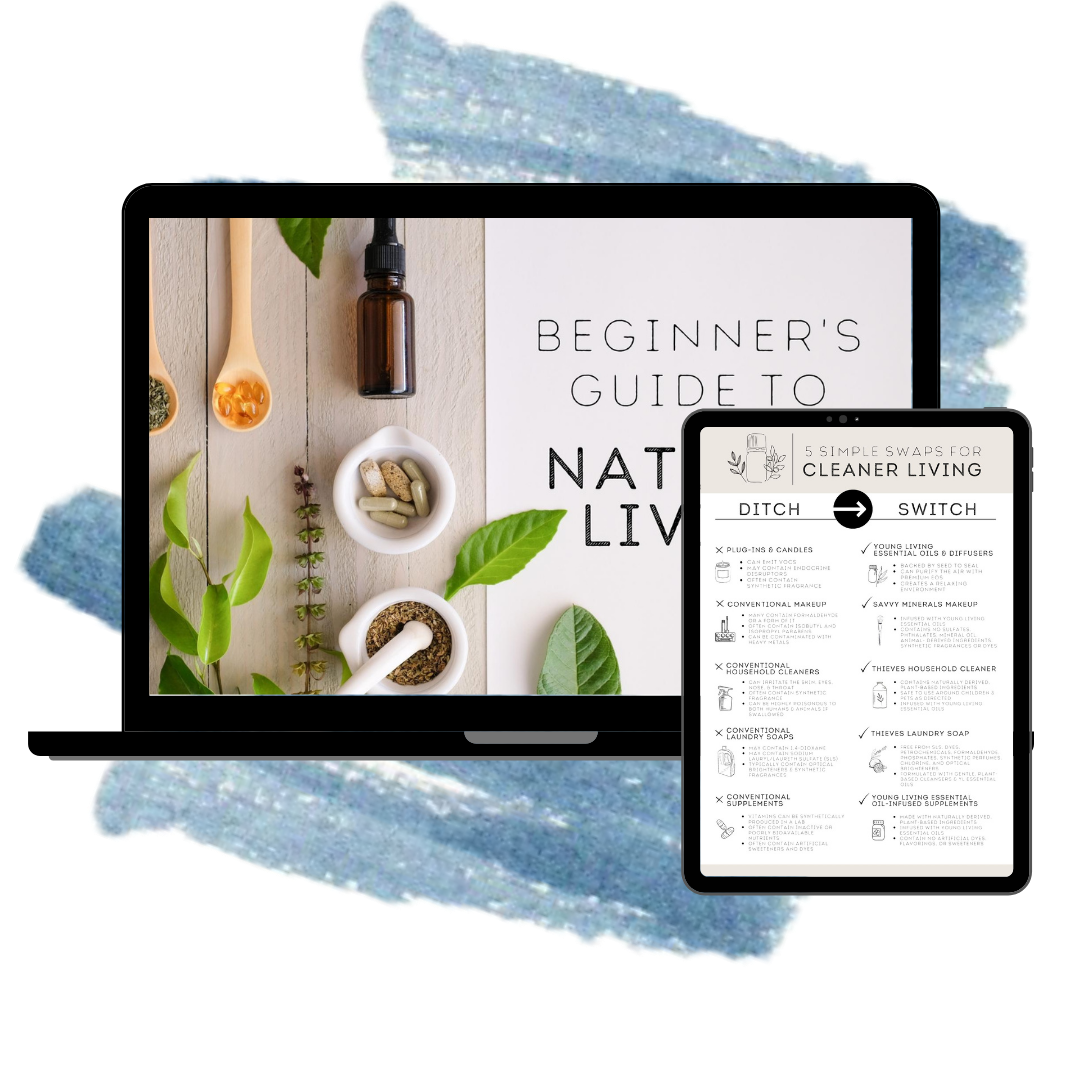Have you ever heard of the term greenwashing? What does it mean, how can I tell, and what can I do to avoid it? I will attempt to provide an overview so you can make better-informed decisions on what products you buy!
Please note: This article is more about the ingredients, not the bottle or container in which the product is in. Although Greenwashing refers to both…I am focused on the contents in the bottle or box!!
It all started with a towel
Greenwashing was coined by a student looking for a towel in the 1980s at a hotel in Fiji. It’s said that he found a note asking hotel guests to pick up their towels because reusing them would help the environment. That student was the environmentalist Jay Westerfield, who noticed an astonishing irony. While the resort claimed to be protecting the reefs and the island’s ecosystem on the note, the resort was in the middle of an expansion. Westerfield wrote an essay, citing the hotel’s note as greenwashing for a literary magazine, and the term got picked up in mainstream media.
What does the term “Greenwashing Mean today?
The term “greenwashing” now is used to highlight organizations that spent more resources advertising that they are green than the actual time spent making their products and organization green (Orange and Cohen 2010).
The Cambridge Dictionary defines greenwashing as: ‘behaviors or activities that make people believe that a company is doing more to protect the environment than it really is.’ At its worst, this means companies making straight-up false claims about the sustainability of their products.
How can I spot “Greenwashing”?
82% of American customers say that they will continue to use a brand they trust, even if a competitor becomes popular and trendy. But they won’t hang around for long if your advertising is misleading. Greenwashing can severely harm your reputation and diminish customers’ overall trust in your brand.
Companies that use false or misleading labels
It’s an unfortunate reality that labels on the packaging are often designed to mislead or confuse – and many of the terms used aren’t certified or verified at all. ‘Corporations can use labels on their packaging like “Certified”, “100% Organic” and “Bio” without any proof that they actually are any of these things,’ explains Charmaine Morrison-Mills of climate change charity 1 Million Women in a blog post. ‘These misleading labels can also extend to logos, such as earth logos. [They] can create a sense of credibility to the product, while in fact they are false.’
Companies that use irrelevant claims
Sometimes, brands will claim they are ‘free’ of a certain substance, like CFC, that has already been banned by law. ‘Therefore [this is] irrelevant to advertise as part of being “green”,’ argues Morrison-Mills.
Greenwashing Terms
Be on the lookout for greenwashing marketing terms like:
- Eco-Friendly
- Organic
- Green
- Pure
- Gentle
- Sulfate-Free
- Paraben-Free
- All-Natural
- Herbal
Did you know? The FDA does not care or REGULATE any of these terms! Therefore

So, what does have to do with Young Living?
As more and more people are thinking & going green, even including the products they use to clean their bathrooms, kitchen, and clothing. But what does saying a product is “green” even mean? Eco-friendly products may use less plastic in their packaging, but that does not mean they are free from harmful chemicals.
The Young Living brand is a brand that I trust. They are fully transparent about what ingredients they use!
Instead of being filled with harmful chemicals and toxins hiding behind marketing gimmicks, Young Living’s products contain the purest plant-based ingredients. They hold everything they produce to the highest of high standards that far exceed even an “organic” label. In addition to oils, they also make hundreds of other incredible products.
With Young Living, you can easily check off all the things on your list for your home. This makes it so easy to ditch the toxins likely lurking in your drawers and swap them with something safer instead. Ordering online means you don’t even have to leave your house (or put on pants!)
Simply put, the only thing inside each bottle of oil is the plant itself-no additives, fillers, synthetic fragrances, preservatives, or dyes (which can NOT be said for store-bought oils). These pure essential oils are then combined with other plant-based ingredients to create extremely effective, high-quality, oil-infused products to use throughout your home and life.
WHAT MAKES THEM DIFFERENT?
You already know about Young Living’s incredible Seed to Seal Guarantee. They take extra measures like making sure the soil tests pesticide-free and nutrient-rich, sourcing non-GMO seeds before planting, and adhering to specific harvesting practices and rigorous testing.
They run 15-20 tests on each batch of oil. Twice. If something pops up that doesn’t meet their standards, or if it fails their testing, it goes right back to the supplier. Period. The financial implications aren’t even a factor in the decision. Young Living routinely rejects large batches of oils.
In the summer of 2017, they rejected over 7,000 kilos of Peppermint (a very popular, staple oil) because their state-of-the-art machinery detected one part per billion of mercury in the batch. For reference, that’s equivalent to one drop in an Olympic-sized swimming pool. Seed to Seal is not just a marketing ploy!
DO YOUR OWN RESEARCH:
It may surprise you that many of your products, even the natural and “organic” ones, have toxic ingredients making them unhealthy or unsafe. This list is just the tip of the iceberg when it comes to toxins you want to avoid. Be sure to read the labels and cross-check ingredients using a site you trust. Start swapping out offenders for safer versions from Young Living and you can feel good about using products that are also supporting your wellness. Below are the 15 top toxins to look out for in personal care products

Greenwashing – Truth or Myth?
II my opinion Greenwashing is true and not a myth! To prove my point: use the link below to view a recent KSAT TV News clip from San Antonio, TX that spurred this blog article!
References used:
https://www.marketingcharts.com/brand-related/brand-loyalty-109127#
https://thegooddrop.com/greenwashing/


















0 Comments